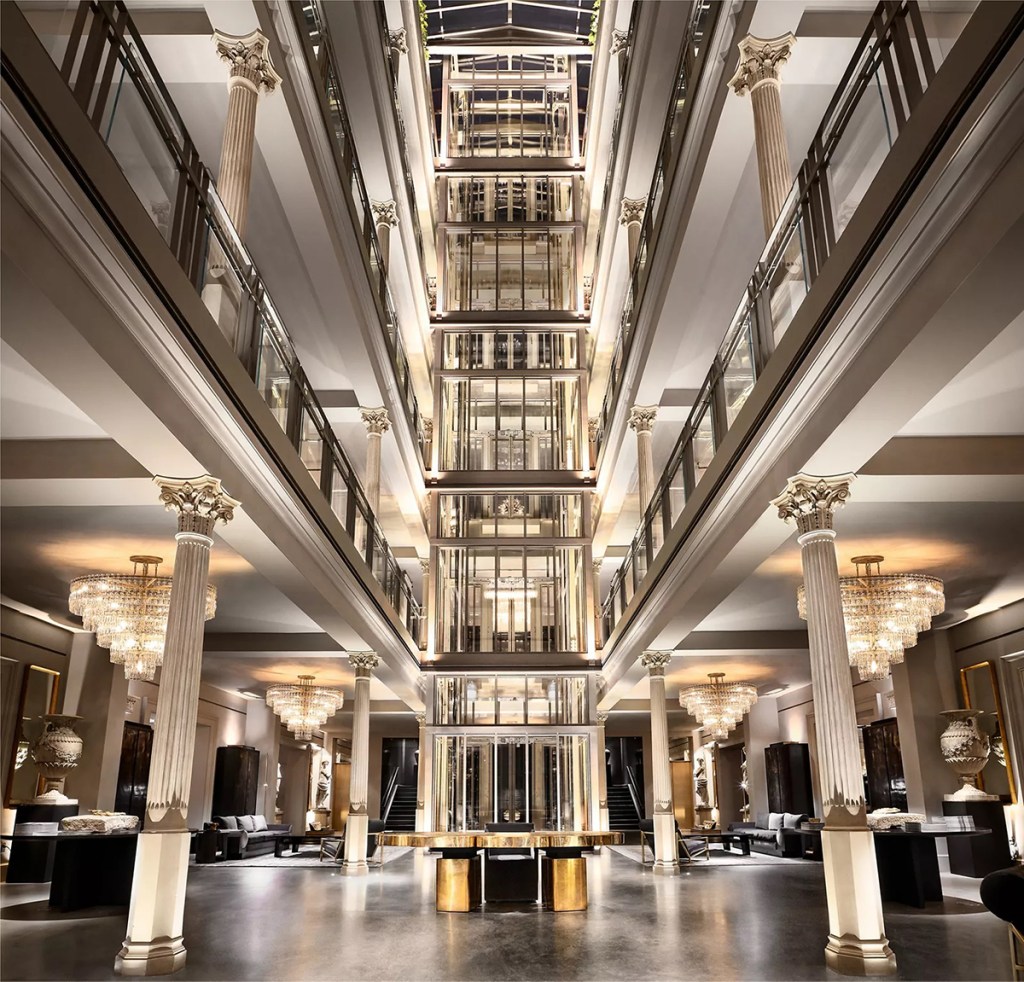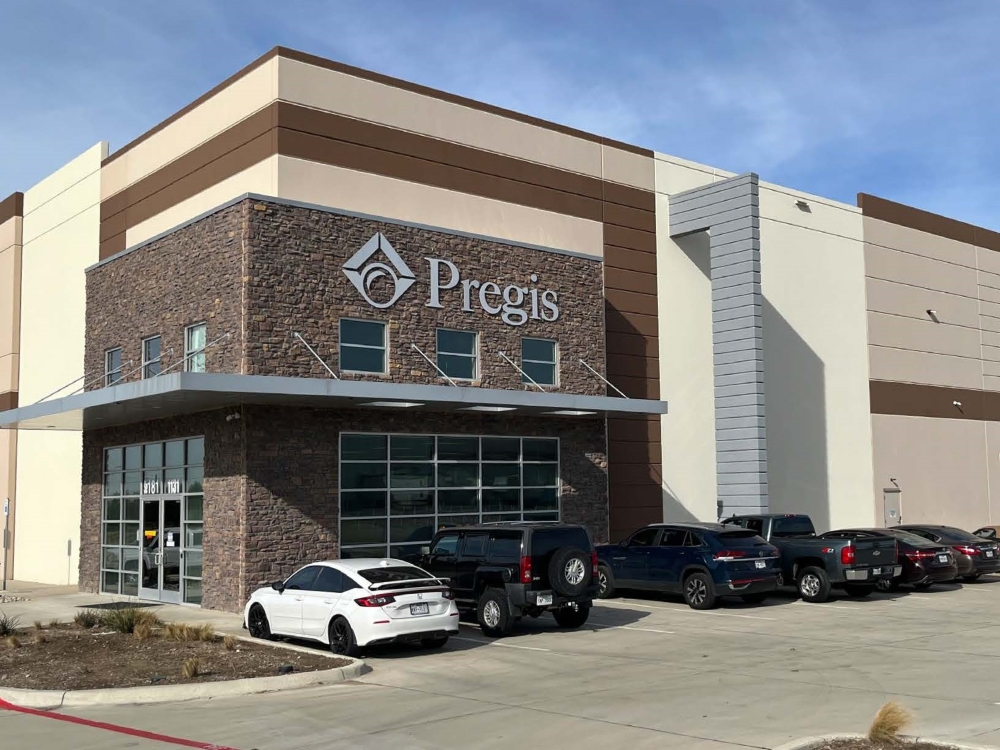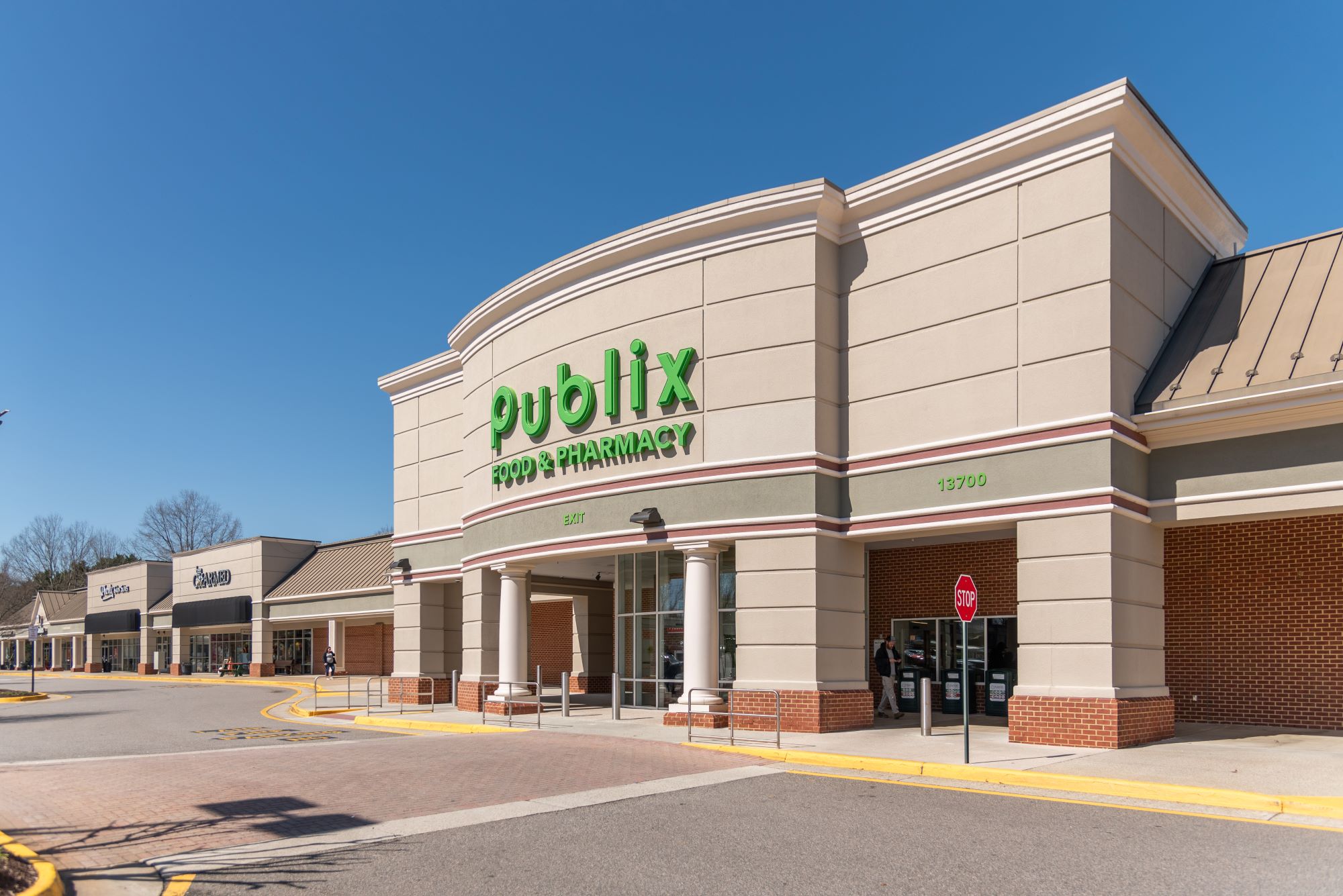Retail’s New Logistics Logic
How streamlined store models are impacting both the retail and industrial sectors.
Nearly three decades after the advent of online shopping, the post-pandemic work landscape has accelerated long-underway changes in retail. Responding to pressure from shifting consumer trends, as well as dramatically reduced daytime population in city centers, the sector is trending toward smaller storefronts, while adjustments in storage, logistics and fulfillment are impacting the industrial sector.
While stores are shrinking, however, they are hardly an endangered species. If anything, they are representative of shopping and dining’s new physical-digital dynamic. The showroom model of retail, where consumers can physically interact with products before ordering them online or through the store, is evolving. Stores need less space overall, but some kind of storefront is still required.
Some retailers, such as Restoration Hardware and BestBuy, have done well transitioning to a showroom model, said Christine Mastandrea, COO of Whitestone REIT. However, this hasn’t been the case for department stores, which are generally not expanding. Nor are new regional malls being developed. Still, if the American mall isn’t making a comeback in popularity, it may be that it has plateaued at a new normal.
“I think malls have finally gotten to their point of rightsizing,” said Mastandrea, noting that the number of malls in the U.S. has declined by more than half since the 1980s. “They’re starting to shift some of that space into a different type of user so it’s not unusual now to see a fitness center and more restaurants at a mall.”

Small is beautiful
Meanwhile, many retailers are finding that building smaller-format stores closer to their customers is a better approach than launching one large destination store to serve an area. Mastandrea offered Sephora as an example. “They’re doing smaller-footprint locations out where people are shopping, whether it’s a grocery store-anchored center or an open-air shopping center.”
Traditional department stores could often occupy 150,000 to 200,000 square feet, with the customer-facing side accounting for about half that space, said Mastandrea. The other 50 percent was often used for fulfillment and other back-office functions. “If you look in malls, you’ll notice that the space of the old spaces were maybe 150 feet deep,” said Mastandrea. “They’re now closer to 100 feet deep and a lot of that is because they don’t need the storage, they don’t need the inventory.”
Fulfillment centers have been moving into city centers for years, spurred on by online retailers’ smaller delivery windows. The advent of next-day and same-day shipping or quick in-store pickup have led the stock, storage and logistical components of retail closer to the customer, with companies analyzing consumer trends across zip codes to make these decisions.
“Omnichannel solutions have enabled retailers to become more savvy with inventory management, using technology, which has resulted in slightly smaller, but more efficient store sizes,” said Najla Kayyem, executive vice president of marketing at Pacific Retail Capital Partners. Based on smaller store footprints, retailers have pivoted to more distribution warehousing for their products, adjusting their costs to yield a more efficient use of operational capital. Retailers also recognize that the customer’s brick-and-mortar touch points remain critical, Kayyem added.

Space and leasing strategies
Post-2020 changes prompted many retailers, if not most, to consider adapting their business model. The results are particularly evident among big-box stores. “In some scenarios, we’ve even seen the owners of these big boxes consider the sale of their land, an opportunity that just wasn’t on the table as often pre-pandemic,” Kayyem noted. Meanwhile, smaller or independent stores with a strong digital presence and a solid local customer base are proving to be nimbler.
Lease formats are generally keeping in with pre-pandemic structures, although leases are trending shorter in areas where mall redevelopment efforts are underway, according to Kayyem. “That’s not indicative of negative or flat growth, but rather, shorter leases allow for better control of your merchandising mix while you adapt to industry changes.”
Like other retailers, restaurants of all types are looking to cut square footage to trim costs. “Construction costs are very expensive, and they can build a smaller box and still do higher volumes out of those,” noted Ed Beeh, executive vice president & managing principal at SRS Real Estate. “That’s everybody’s goal.”
With drive-ups and drive-throughs becoming more common, most new restaurants are looking to add space for pickups and mobile orders. This means the property footprint is changing beyond the actual square footage, with a greater need for parking spaces, including dedicated short-term parking for pickups.
“They need much more parking that’s very convenient,” said Beeh. “So you’re seeing not just the interior of the restaurant being redesigned, you’re seeing the site plans and the exterior being redesigned as well.”

Industrial impacts
The shrinking of store footprints that COVID helped speed up was a boon for industrial space, and pandemic-era online shopping is only one aspect of it. Companies seeking to cut costs recognize that retail space is more expensive than industrial space. “Real estate is typically a company’s second largest expense behind personnel,” said Shannon Johnston, vice president & market leader at SRS Real Estate. “They can hold product in a warehouse for a lot less money than they can hold it in the back of Bed Bath & Beyond or Target.”
Reducing onsite fulfillment and storage space is popular not only across different retail categories, but at both existing and new properties. “Due to rent and construction costs increasing, the less space that (retail locations) can attribute to storage, the better, because they can find cheaper storage space,” noted Beeh.
Also of note is the increasing size of retailers’ warehouse footprint. “On the industrial side, as brokers, we’re running a ton of supply chain logistics studies for our clients to see where their biggest distribution centers should be,” Johnston added.
Multiple economic factors influence the decision to swap store space for storage, from COVID to interest rates to oil prices. “It costs more for retailers to get the product from point A to point B to point C,” said Johnston. Even as about half of consumers have spent less time at the store in recent years, she added, “The industrial world has really boomed because it’s an avenue for retailers to stay in business.”
Last-mile delivery, in-store pickup and centralized inventory that can be shipped directly from stores, or even from the warehouse, have all enabled retailers to reduce carry costs on inventory, said Kayyem. If customers need to return items sent directly from warehouses, the store-as-middleman is skipped once again.
In a lot of cases retailers are “figuring out how to maintain the lowest-level inventory possible, understanding what people are interested in and what they’re interested in buying, and then how to meet that direct fulfillment as quickly as possible from the manufacturer,” said Mastandrea.







You must be logged in to post a comment.